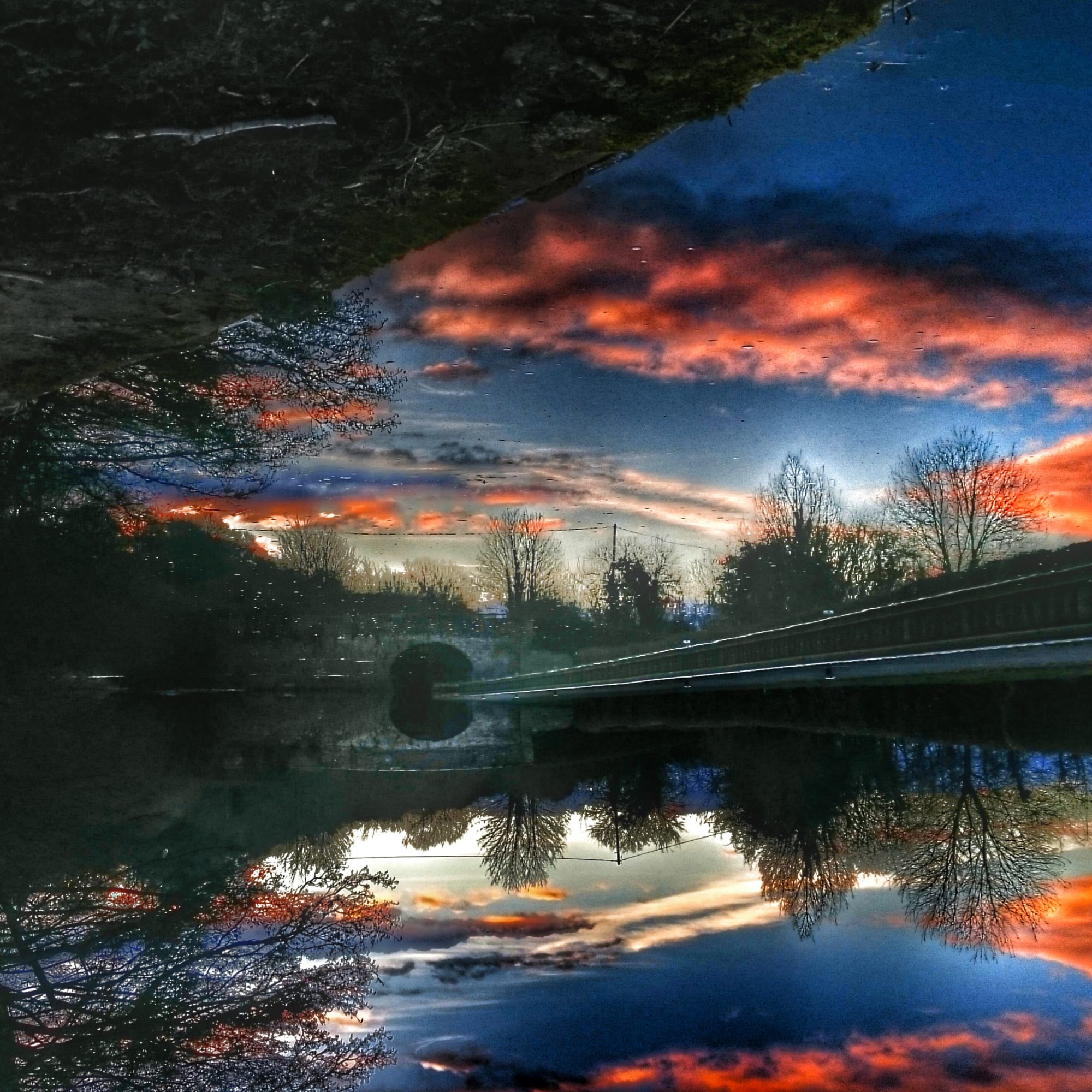As a wide-eyed child, my family vacations entwined irrevocably with the richness of rural landscapes. My humble Kodak camera, a faithful companion, captured sun-kissed mountains cohabiting with twilight clouds. From the wild expanses of Yellowstone National Park to the tranquil beaches of Cornwall, landscape photography claimed a piece of my heart. Ever wonder what makes certain landscape photos you see so enchanting?
Fun fact: National Geographic estimates around 1.2 trillion digital photos were taken worldwide in 2020, with a significant percentile dedicated to natural splendors. The magnetic pull of landscapes resonates universally, making it a golden genre in the photography world.
What if I told you that coaxing, rather than commanding, the majesty of nature through your lens is a skill within your grasp? Even with a stunning panorama before you, capturing its essence requires technique. A picture could paint a thousand words, but the dialogue it holds with its viewers unfolds largely in the realm of techniques such as composition, lighting, and of course, mastering depth of field.
Embracing Composition
Composition, my friends, is the backbone of landscape photography. It’s all about placing the elements in your frame in such a way that guides your viewer’s eyes. It’s a silent conversation, a dance, between your photo and its audience. Do you remember the heart-pounding excitement when you read about Frodo’s journey across Middle Earth in ‘The Lord of the Rings’? Just like Tolkien subtly led us through his epic tale, we want to gently guide our viewer through our visual scene.
Consider the famous ‘Rule of Thirds’. This golden nugget advises us to split our frame into a grid of third, positioning the primary elements of the scene along these dividing lines or intersections. This adds balance and helps draw the eye. However, remember, no rule is etched in stone. Art thrives on creative rebellion. In decision moments, let your intuition steer you.
Mastering Lighting
As photographers, we are essentially painting with light. The whims of the sun can dramatically alter the mood and tone of your shot. Early morning and late afternoon, often referred to as the ‘Golden Hours,’ offer a soft, warm light that causes your landscape to glow with ethereal beauty.
‘Chasing the light’ can offer beautiful, contrasting shadows, making your vistas pop. Yet, challenging lighting conditions such as a cloudy day or midday sunshine can also create captivating photos with careful deliberation. Just keep an eagle eye on your depth of field and exposure values when under unpredictable skies.
Defining Depth
Speaking of depth, it’s an easy concept to grasp but a tricky beast to master. Depth of field can transform a 2D picture into a 3D story. A deeper depth of field renders all elements in sharp focus, illustrating the grandiosity of panoramic landscapes. A shallower depth, on the other hand, allows your viewers to explore foreground details such as dew-coated leaves or crumbling rocks, creating a sense of depth and curiosity.
Ultimately, weaving together these elements of composition, lighting, and depth of field can knit an intriguing tale with your landscape shots. After all, every frame is a universe waiting to be discovered. So, what is your camera lens yearning to capture today?


0 Comment